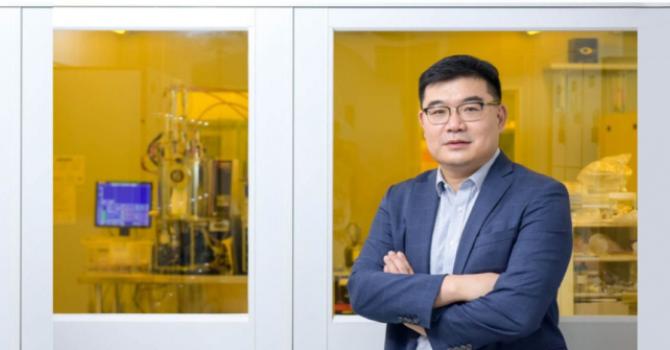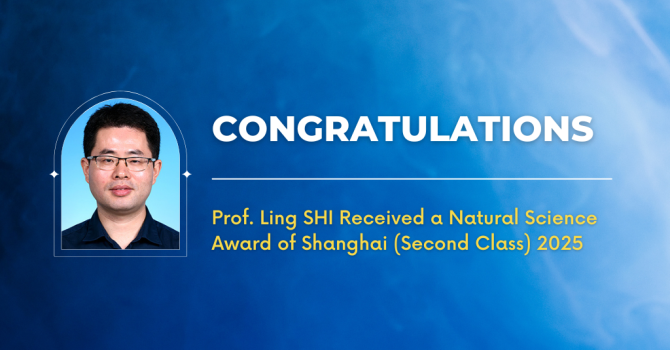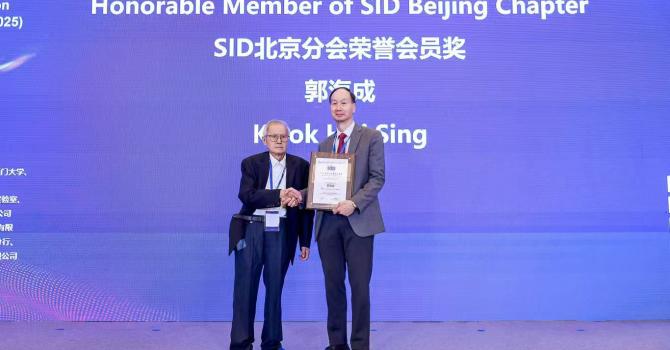ECE Research Team Seeks to Harness the "Fog" of Ambient Radio Frequency Waves
The wireless revolution has changed the way we communicate and created a mobile information society. One foundation for this revolution has been the use of radio frequency (RF) waves for the transmission of information. Using RF waves, we can now communicate in virtually any environment – whether indoor or outdoor, and whether we are mobile or not. More descriptively, the RF wave environment can now be considered a “fog” of ambient RF waves that is ubiquitous.
Can we harness the existing “fog” of ambient RF waves for our benefit, without adding further RF transmissions to the environment? Exciting and important applications are possible, including (a) sensing and imaging for navigation and security; (b) enhancing future wireless communication with the use of intelligent surfaces; (c) developing new paradigms for communication, and (d) harvesting ambient RF energy to power sensors, all without requiring additional RF waves. While each of these applications is interesting, significant further research is needed to exploit the full potential of ambient RF waves.
An analogy with sunlight, as shown in the slide below can provide a straightforward perspective of the potential for applications. Sunlight can be harnessed for cameras, solar cells, heliostats (mirrors for brightening), heliographs (mirrors used for communication) and navigation. If sunlight is replaced with ambient RF waves in the analogy, it is possible to imagine the tremendous potential of harnessing the “fog” of ambient RF waves for wireless communication, imaging, navigation, sensing, energy harvesting and future applications.
A research team consisting of HKUST ECE professors Ross MURCH, Qifeng CHEN, Vincent LAU and Matthew McKAY working with Jensen LI of HKUST's Department of Physics and Alex WONG of the Department of Electrical Engineering at the City University of Hong Kong has been awarded HKD6.2 million by the Hong Kong Research Grants Council Collaborative Research Fund to develop theories and techniques to harness ambient RF waves for the benefit of humanity. They will develop cutting-edge technologies through multidisciplinary research, spanning physics, electromagnetics, signal processing, wireless communication and artificial intelligence. The measurable benefits and impact for harnessing ambient RF waves are enormous. They include commercial impact in the form of technology transfer and enhanced services, as well as innumerable applications in the fields of health and the environment.



